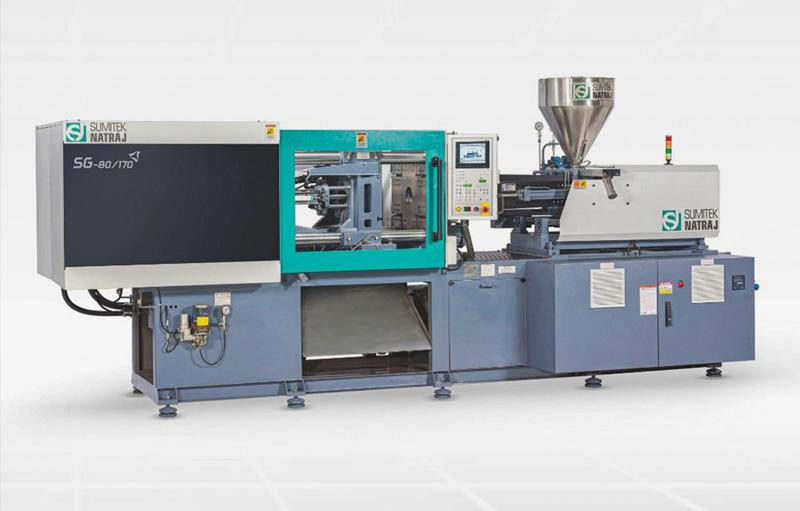Introduction:
Injection molding has become one of the most widely used manufacturing processes for producing precise, high-volume parts. At the heart of this process is the Injection Molding Machine (IMM), which plays a pivotal role in shaping industries ranging from automotive and aerospace to consumer goods and medical devices. Injection molding machines enable manufacturers to produce complex components with incredible accuracy, making them a cornerstone of modern production lines.
The Basic Function of an Injection Molding Machine
An injection molding machine operates by injecting molten material, typically plastic or metal, into a mold cavity under high pressure. Once the material is injected into the mold, it cools and solidifies, taking the shape of the cavity. The injection molding process consists of three main stages: injection, dwelling, and cooling. During the injection stage, material is fed into the mold; in the dwelling phase, the material is allowed to settle, and in the cooling phase, the material solidifies into its final form. This cycle repeats, allowing for the continuous production of identical parts with minimal waste.
Key Components of an Injection Molding Machine
The injection molding machine is made up of several crucial components. The injection unit is responsible for melting and injecting the material into the mold. The clamping unit holds the two halves of the mold together under high pressure to prevent any leakage of molten material. The mold itself is custom-designed to create the desired shape of the part. Additionally, there are several control systems within the machine that monitor temperature, pressure, and speed to ensure the production of high-quality parts with consistent results.
Types of Injection Molding Machines
Injection molding machines come in different types to accommodate various production needs. Hydraulic injection molding machines are the most common and use hydraulic power to drive the injection and clamping units. These machines are known for their versatility and are suitable for producing a wide range of part sizes. Electric injection molding machines use electric servos to provide precise control and energy efficiency, making them ideal for applications that require high accuracy and smaller parts. Hybrid injection molding machines combine hydraulic and electric systems, offering the best of both worlds in terms of power, precision, and energy efficiency.
The Advantages of Injection Molding Machines
One of the primary advantages of injection molding machines is their ability to produce high volumes of identical parts quickly and consistently. Once the mold is created, the cost per part decreases significantly with larger production runs. Injection molding is also highly versatile, capable of processing a wide range of materials including plastics, metals, and elastomers. The precision of modern injection molding machines allows for the production of parts with complex geometries, intricate details, and tight tolerances. Moreover, the process minimizes waste, as excess material can often be recycled and reused.
Industries That Rely on Injection Molding Machines
Injection molding machines are used across many industries due to their ability to produce high-quality, reliable parts efficiently. In the automotive industry, injection molding machines are used to create components like dashboards, connectors, and engine parts. The medical industry relies on injection molding for producing precise and hygienic medical devices, such as syringes, valves, and diagnostic equipment. Similarly, the consumer goods sector uses injection molding to manufacture products like toys, kitchen appliances, and packaging.
Sustainability and Innovation in Injection Molding
Sustainability has become a key focus in the manufacturing industry, and injection molding is no exception. Modern injection molding machines are designed to be more energy-efficient and eco-friendly. Advanced machines often feature technologies that reduce energy consumption and minimize waste generation. For example, material recovery systems are used to capture and recycle excess plastic, reducing the environmental footprint of the manufacturing process. Additionally, innovations in material science have expanded the range of eco-friendly materials that can be used in injection molding, further enhancing its sustainability.
Conclusion
In conclusion, we are committed to providing cutting-edge injection molding machines that ensure exceptional precision, efficiency, and reliability. At Sumitek Natraj Machinery Private Limited we serve industries such as automotive, medical, consumer goods, and electronics, with machines designed for high-quality, high-volume production. With a focus on innovation, sustainability, and customer satisfaction, we offer custom solutions tailored to meet the unique needs of each client. By choosing our advanced technology, businesses can enhance production efficiency, reduce costs, and uphold the highest standards of quality.

